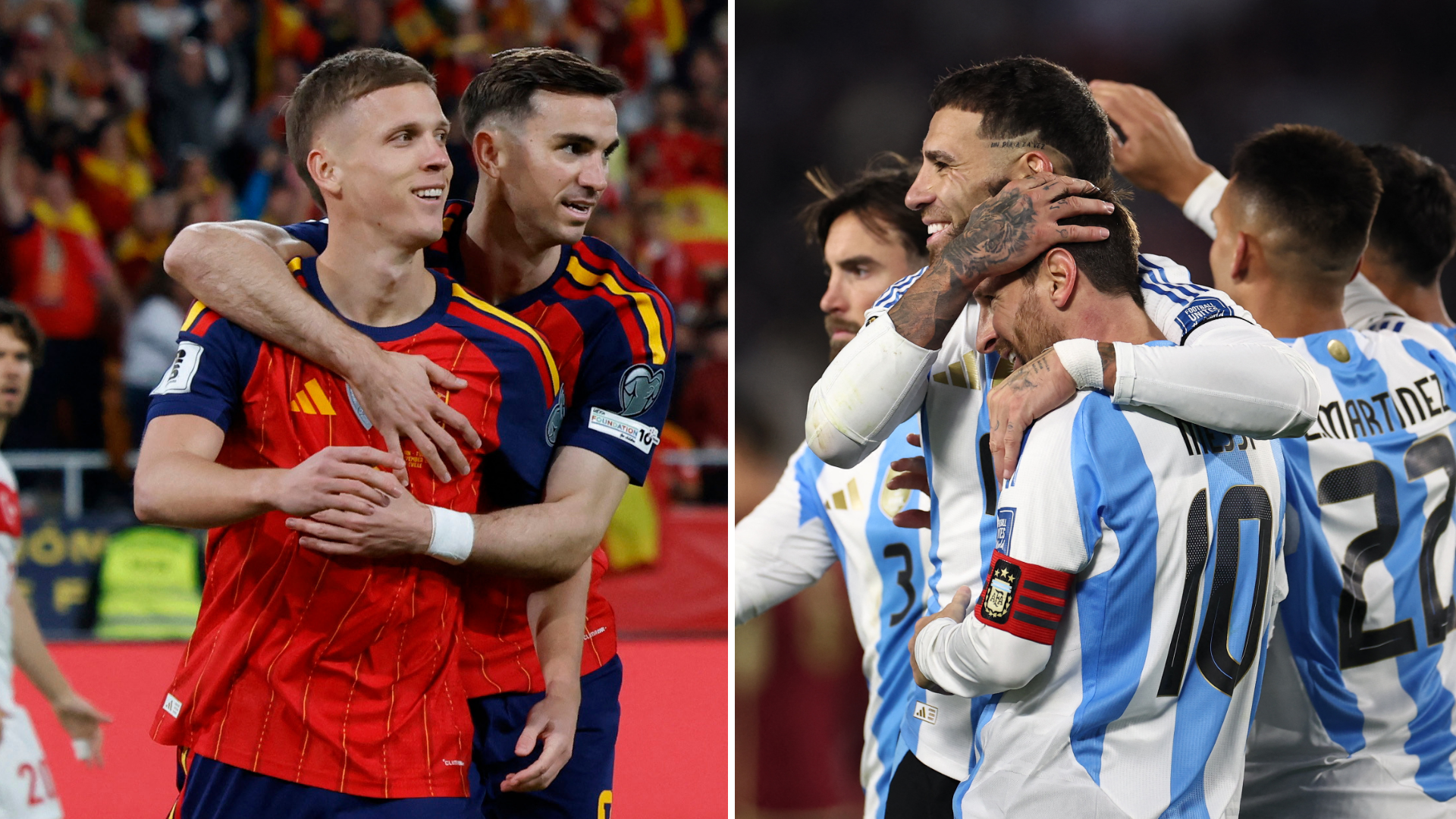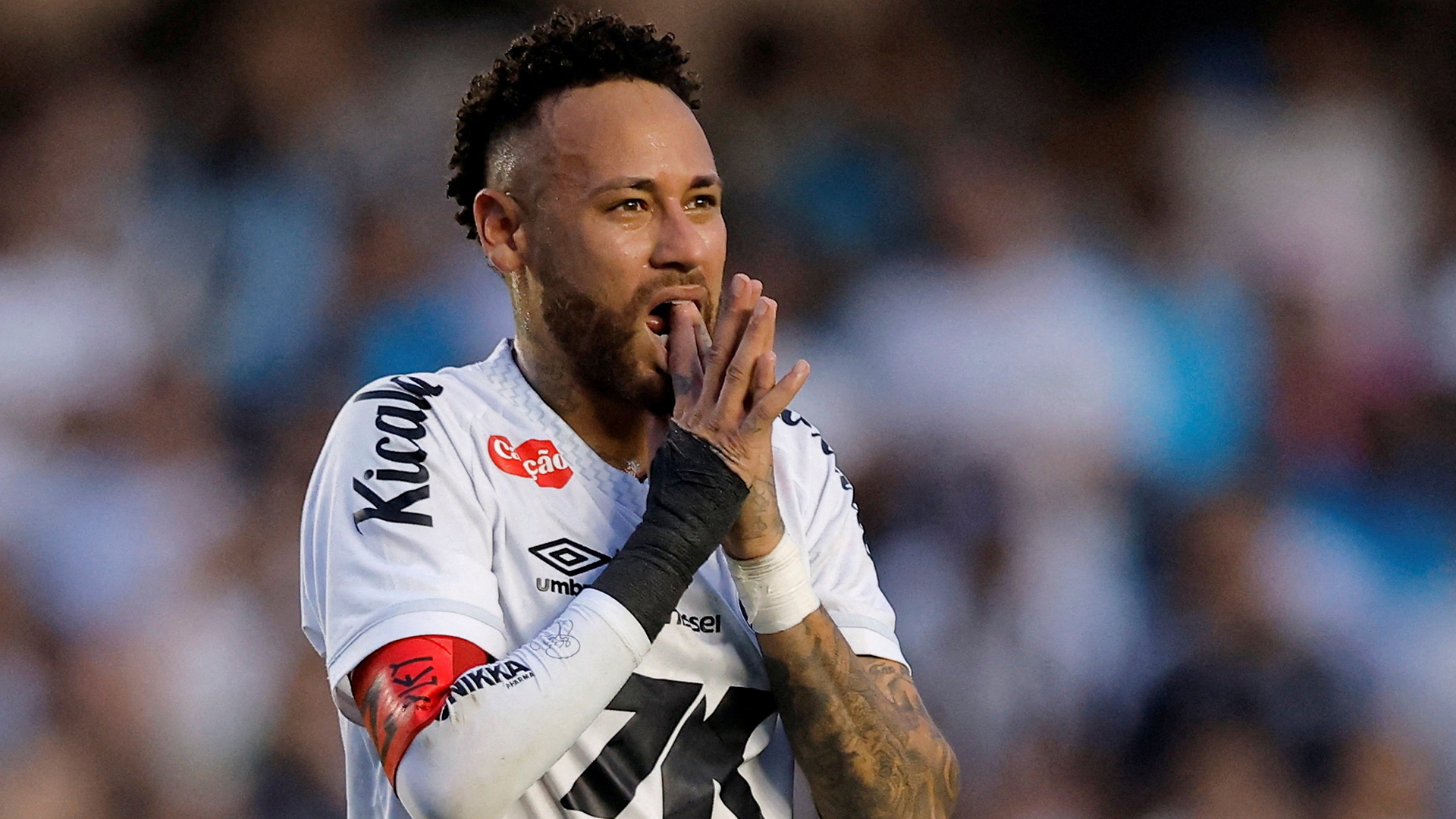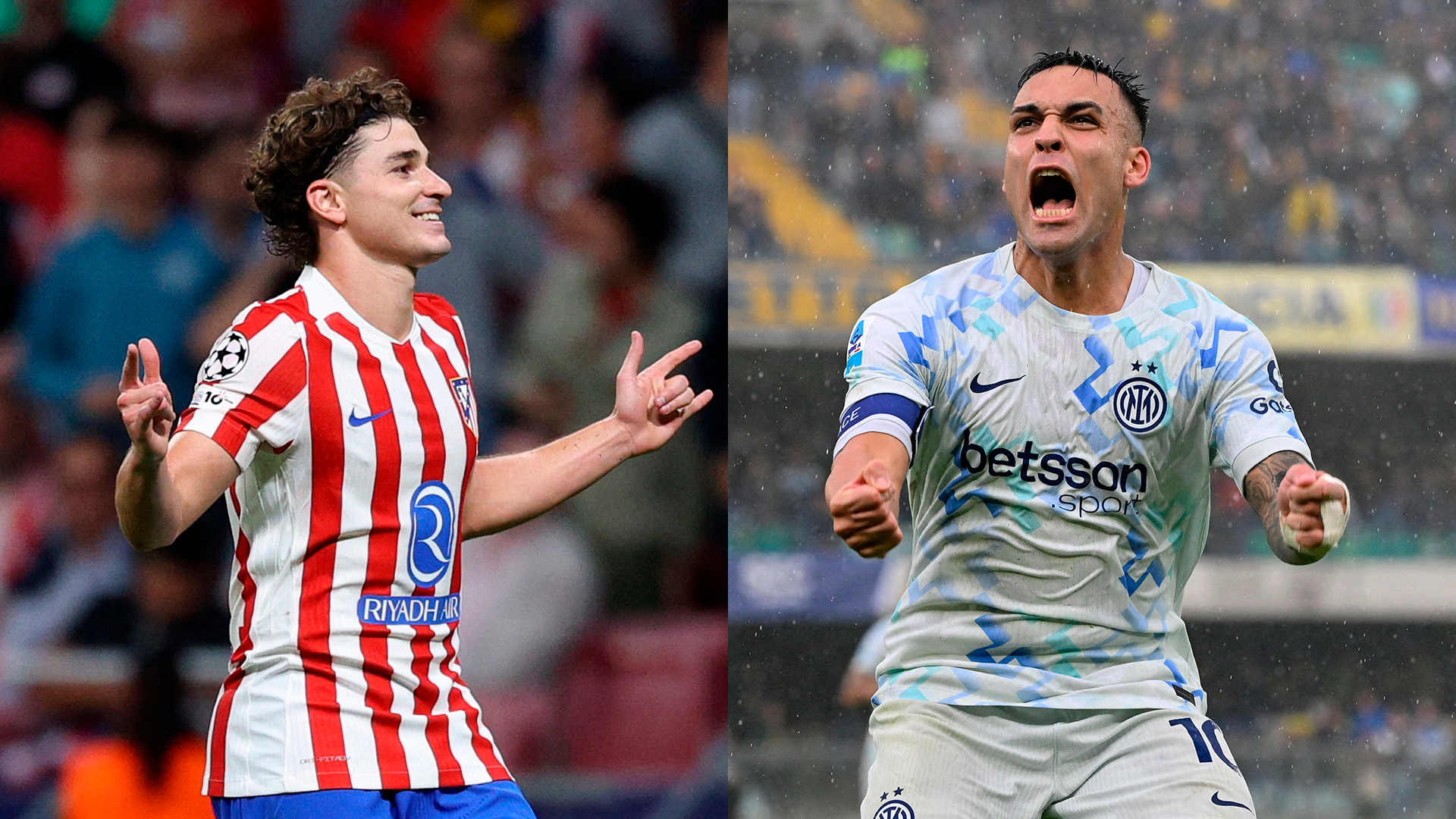Will Argentina and Spain Enter the 2026 World Cup Draw With an Advantage?
The draw procedure for the 2026 World Cup, revealed by FIFA, creates a particularly favorable scenario for Argentina and Spain, as long as both national teams accomplish the essential condition: winning their groups. With the tournament expanded to 48 teams and 12 groups, world football’s governing body designed a system intended to create competitive balance, but which also opens a clearer path for the two highest-ranked teams in the world.
The draw will take place on December 5 at the Kennedy Center in Washington, D.C., where teams will be divided into four pots to determine the group stage. Hosts Mexico, Canada and the United States will share Pot 1 with the nine best-ranked teams, including Spain, Argentina, France, England, Brazil, Portugal, the Netherlands, Belgium and Germany.
Ranking “Protection”: Separate Paths to Avoid an Early Clash
The key potential advantage for Spain and Argentina lies in the design of the knockout bracket. FIFA confirmed that the two highest-ranked teams will be placed on opposite sides of the bracket. The objective is clear: to prevent them from meeting before the final, assuming they win their groups.
This system also applies to the third and fourth-ranked teams, France and England, to further balance the tournament layout. In simple terms, if Spain and Argentina take care of business in the group stage, the only possible meeting between them would be in the World Cup final.
If either of them slips and finishes second in their group, that protection disappears, and a potential clash could occur as early as the semifinals.
This adjustment not only sets up the possibility of a “dream final” between the current football powerhouses but also ensures that the tournament keeps its top teams on clear, distinct paths deep into the competition.
How the Rest of the Pots Are Structured
Pot 2 includes strong contenders such as Croatia, Morocco, Colombia, Uruguay, Switzerland, Japan, Senegal, Iran, South Korea, Ecuador, Austria and Australia.
Pot 3 features teams with consistent global presence like Norway, Panama, Egypt, Algeria, Scotland, Paraguay, Tunisia, Ivory Coast, Uzbekistan, Qatar, Saudi Arabia and South Africa.
Pot 4 contains emerging national teams such as Jordan, Cape Verde, Ghana, Curaçao, Haiti, New Zealand, along with the intercontinental playoff qualifiers.
FIFA also clarified that two teams from the same confederation cannot be drawn into the same group, except for UEFA, which may have up to two representatives per group due to its larger number of participants.

December 5 will reveal the groups. December 6 will confirm the full schedule. But the major question is already on the table:
if Spain and Argentina live up to their billing as favorites, they will enter the World Cup with the clearest path they’ve had in years.






















